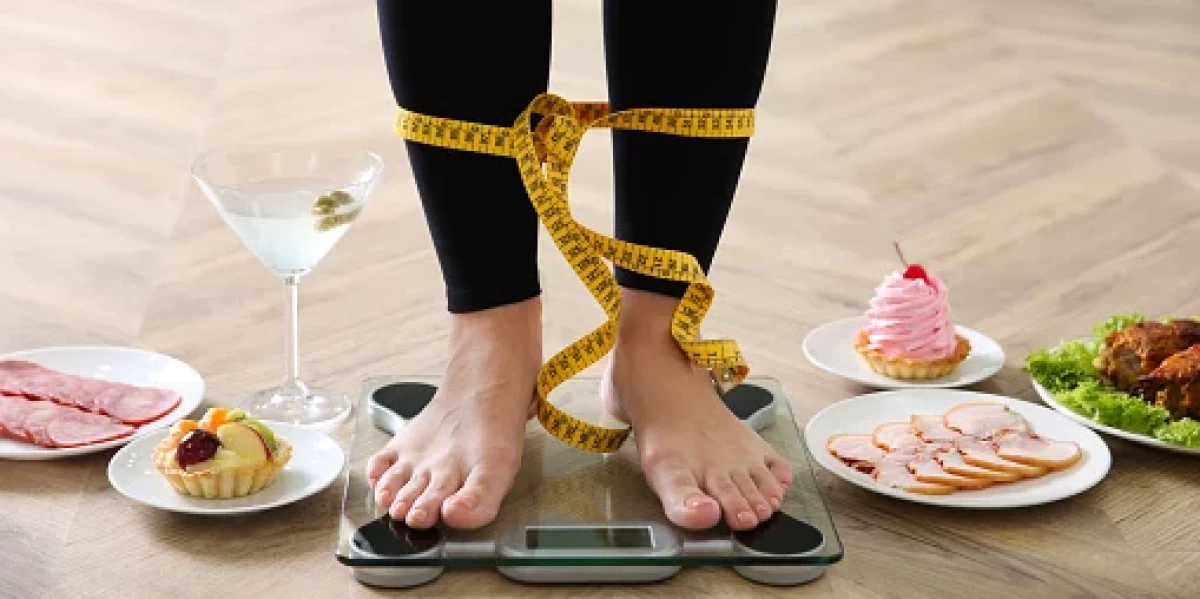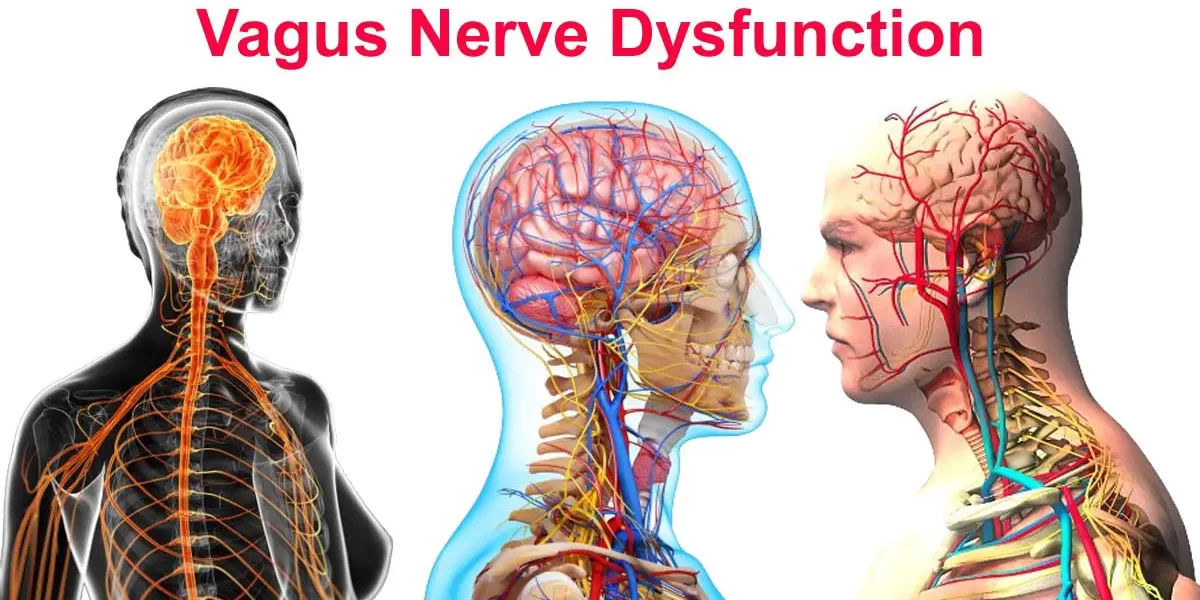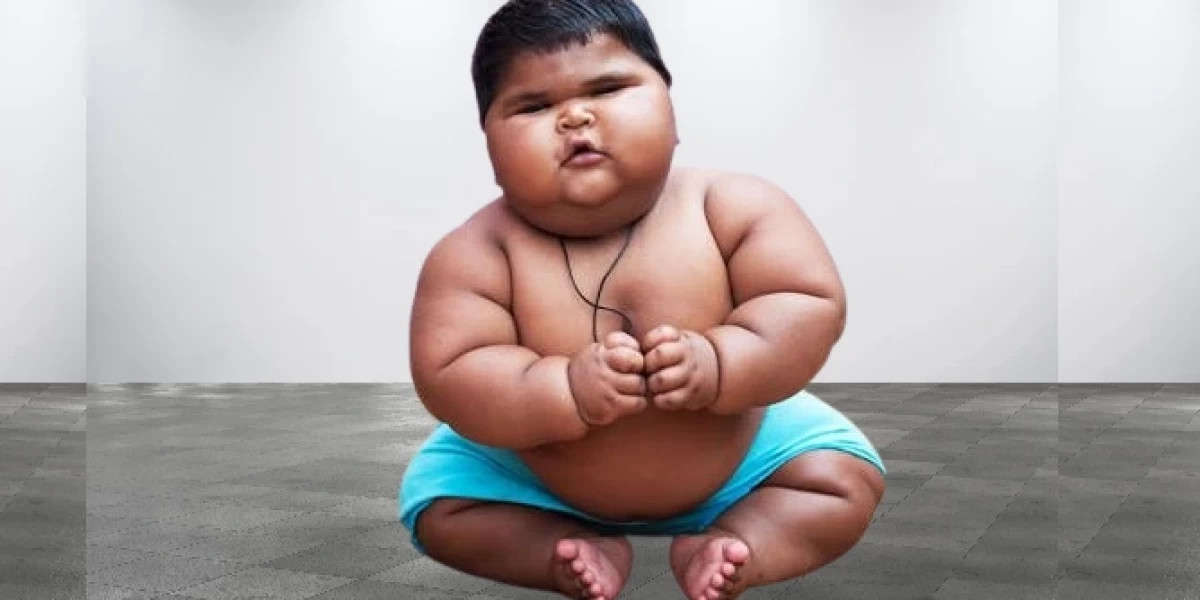Introduction
Bunions are more than just a cosmetic issue—they’re a structural deformity that can significantly impact foot health and mobility. Understanding what bunions are, how they form, and why they matter is key to managing them early and maintaining a healthy, active lifestyle. In this article, we’ll dive deep into the nature of bunions, why it’s essential to learn about them, and what you can do to manage or prevent them.
Bunions are a common foot condition characterized by a prominent bump on the side of the foot, often at the base of the big toe. This bump results from the misalignment of bones in the foot, causing the big toe to lean inward toward the other toes. As the condition progresses, the bump may grow larger, leading to discomfort, pain, and even difficulty in walking. Bunions develop over time due to factors like genetics, wearing tight shoes, or abnormal foot structure. Because they can worsen without intervention, bunions are significant for overall foot health.
Bunions form when pressure on the foot’s big toe joint gradually forces the big toe inward. This misalignment shifts the bones out of place, causing the characteristic bump at the toe’s base. Over time, the skin around the area may become red and sore, especially if irritated by tight or narrow shoes. Certain lifestyle factors and hereditary foot structures make some people more susceptible to bunions, underlining the importance of early recognition and management.
Why Bunions Impact Foot Health
Bunions aren’t just a minor inconvenience—they alter the biomechanics of the foot. As the big toe turns inward, it can disrupt the balance of weight across the foot, putting extra strain on the other toes and parts of the foot. Left untreated, bunions can lead to additional issues such as hammertoe, arthritis, and chronic pain, underscoring the need for timely care and treatment.
Why Learning About Bunions Matters
Recognizing bunions early and understanding their impact can make a substantial difference in maintaining foot health and mobility. Early identification allows for treatment options that may prevent further progression, reducing the need for surgical interventions down the line. Understanding the causes, risk factors, and preventive measures for bunions can empower individuals to take control of their foot health, leading to a more comfortable and active lifestyle.
Preventative Measures and Early Treatment
When detected early, bunions can often be managed with non-surgical interventions. Simple lifestyle changes like wearing wider shoes, using orthotic devices, and performing specific foot exercises can prevent bunions from worsening. Knowing these preventative steps can be incredibly beneficial for those who are prone to bunions, either through family history or lifestyle factors.
Improved Quality of Life Through Bunion Awareness
By learning about bunions and how to manage them, individuals can significantly improve their quality of life. Painful, untreated bunions can make walking and standing uncomfortable, limiting physical activity and daily function. Early awareness and treatment can help maintain mobility and reduce long-term discomfort.
What Are Bunions?

Medically referred to as “Hallux Valgus,” a bunion is a bony bump that forms at the base of the big toe. This bump is caused by a misalignment in the big toe joint, where the big toe pushes against the adjacent toes, gradually pushing the bones out of their natural alignment. As the bunion develops, it becomes more noticeable and may cause pain and swelling in the joint. Hallux Valgus is a progressive condition, meaning it worsens over time, particularly without proper care and preventive measures.
Types of Bunions
Not all bunions are the same. Several types exist, each with unique characteristics and causes. Understanding the differences can help tailor treatment options and preventive measures more effectively.
Common Bunions
The most familiar type is the common bunion, occurring primarily in adults. It forms at the base of the big toe and is often a result of a combination of genetics, improper footwear, and foot structure. Common bunions can vary in severity, with larger bunions causing significant discomfort, while smaller ones may be less noticeable but still impact joint function over time.
Adolescent Bunions
Adolescent bunions, or juvenile bunions, typically develop in teenagers and younger individuals, often due to inherited foot structure rather than lifestyle factors. In adolescent bunions, the deformity may appear similar to common bunions but usually doesn’t cause as much pain. However, it can progress into adulthood, making early intervention crucial.
Tailor’s Bunions (Bunionettes)
"A tailor's bunion, also called a 'bunionette,' develops on the outer side of the foot, close to the base of the small toe. This type of bunion is less common than those on the big toe and tends to be caused by footwear that’s too tight or lacks adequate support. Bunionettes can cause discomfort similar to that of regular bunions and may require similar management strategies, such as supportive footwear and targeted exercises.
Signs and Symptoms of Bunions
Bunions, scientifically referred to as hallux valgus, are bony protuberances that form at the base of the big toe. This occurs when the big toe shifts towards the second toe, causing the joint to jut out. Over time, bunions can result in significant foot pain, discomfort, and a notable change in foot structure. Early recognition of bunions’ signs and symptoms is essential for managing their progression and reducing pain.
Physical Signs of Bunions
The most noticeable sign of a bunion is the visible change in foot shape, especially around the big toe joint. This structural alteration causes the big toe to shift inward toward the second toe, leading to a bony bump on the side of the foot. As the bunion progresses, the joint may become more pronounced and can even lead to overlapping toes. Additionally, the arch of the foot may appear flatter, and the forefoot can widen, making it difficult to wear shoes that once fit comfortably. Such changes are often gradual but may accelerate if left untreated or if the individual wears tight, narrow footwear.
Pain and Discomfort
Pain is a common symptom associated with bunions, often manifesting as soreness or tenderness around the big toe joint. This discomfort may be exacerbated when wearing constricting shoes or during prolonged periods of standing or walking. Bunions can cause both sharp and dull pain, with some individuals experiencing throbbing or burning sensations. The pain may be intermittent initially, but as the bunion worsens, it can become constant and more intense, significantly impacting daily activities and quality of life. Persistent pain can also signal that the bunion is progressing, necessitating medical intervention.
Other Symptoms
Beyond physical changes and pain, bunions often come with additional symptoms, such as swelling and redness around the affected joint. This inflammation can worsen after prolonged activity or wearing tight shoes. Limited mobility is also common, as bunions may restrict the range of motion in the big toe, making it difficult to move naturally. Over time, this reduced mobility can affect gait and balance, potentially causing pain in other parts of the foot, ankle, or leg as the body compensates for the altered foot structure.
Causes and Risk Factors of Bunions
Genetic Predisposition
Genetics play a significant role in bunion development. Individuals with a family history of bunions are at a higher risk of developing the condition themselves. Genetic predisposition often relates to inherited foot shapes or structures that make one more susceptible to bunions. While genetics alone may not cause bunions, they are a significant risk factor, particularly when combined with other environmental or lifestyle factors.
Foot Structure and Abnormalities
Structural abnormalities in the foot, such as flat feet, low arches, or overly flexible joints, can predispose an individual to bunions. These foot structures place extra stress on the big toe joint, encouraging it to shift over time. Additionally, pronation (rolling the foot inward when walking) can contribute to bunion formation, especially when combined with improper footwear or repetitive physical stress.
Footwear and Lifestyle Choices
Certain types of footwear, particularly high heels and narrow shoes, can significantly increase the risk of bunions. High heels place excessive pressure on the front of the foot, pushing the toes forward and increasing the likelihood of developing bunions. Similarly, shoes with narrow toe boxes restrict the natural alignment of the toes, forcing them into unnatural positions that contribute to bunion formation over time. Adopting more supportive and comfortable footwear can help prevent or reduce the progression of bunions.
Medical Conditions and Co-Existing Issues
Medical conditions, such as arthritis, can exacerbate bunion development. Arthritis, especially osteoarthritis, weakens and wears down the joints, making them more susceptible to malalignment issues like bunions. Other conditions, such as rheumatoid arthritis, can inflame the joints and further increase bunion risk. Managing these co-existing conditions is essential in preventing or slowing the progression of bunions.
How Are Bunions Diagnosed?
Diagnostic Criteria
Bunion diagnosis begins with a clinical assessment of symptoms, focusing on pain, structural changes, and joint mobility. Medical professionals will evaluate the alignment of the big toe, the size of the bony protrusion, and any associated swelling or redness. They will also ask about the frequency and severity of pain to understand the impact on daily activities and identify potential aggravating factors.
Imaging Tests and Assessments
Imaging tests, such as X-rays, are commonly used to assess the severity of bunions and determine the extent of joint misalignment. X-rays can reveal the degree of deviation in the toe joint, helping healthcare providers assess the bunion's progression and plan appropriate treatment. In some cases, advanced imaging tests like MRIs or ultrasounds may be used to examine surrounding tissues and ensure an accurate diagnosis, especially if there is suspicion of additional complications like arthritis.
Who Can Diagnose Bunions?
Podiatrists, orthopedic surgeons, and general practitioners are qualified to diagnose bunions. Podiatrists specialize in foot-related issues and are well-equipped to assess, diagnose, and manage bunions. Orthopedic surgeons are also skilled in diagnosing and treating bunions, particularly when surgical intervention is necessary. Seeking an early diagnosis from a qualified healthcare provider can help manage symptoms and prevent the progression of this common foot condition.
Treatment and Medication Options for Bunions
Bunions, a common foot deformity, can cause significant discomfort and interfere with daily life. Fortunately, a range of treatments, from non-surgical approaches to surgical interventions, can provide relief and restore mobility. Below is a detailed overview of available treatment and prevention options to manage and alleviate bunion pain.
Non-Surgical Treatments
For individuals with mild to moderate bunions, non-surgical treatments are often the first line of defense. Orthotics, padding, and supportive footwear can help alleviate pain and prevent further progression. Custom orthotics provide targeted support by redistributing pressure across the foot, while gel or foam padding minimizes irritation caused by shoes rubbing against the bunion. Opting for wide-toed, low-heeled shoes with ample arch support can reduce bunion pain significantly. Properly selected footwear helps align the toes and minimizes the joint stress that contributes to bunion formation. These non-invasive treatments are highly effective in managing early symptoms, allowing individuals to avoid or delay the need for surgical intervention.
Pain Management and Medication
Pain management is a crucial component of bunion treatment, especially for individuals with moderate to severe pain. Over-the-counter anti-inflammatory medications, such as ibuprofen and naproxen, are often recommended to reduce inflammation and relieve pain. For cases requiring stronger intervention, doctors may prescribe corticosteroid injections to target intense pain and inflammation directly in the affected joint. In addition to medication, physical therapy modalities like ultrasound therapy can help alleviate bunion pain. These options can provide temporary relief and are best used in conjunction with supportive footwear and lifestyle modifications.
Surgical Options
When non-surgical treatments fail to provide sufficient relief, surgery may be necessary to correct the bunion. Bunionectomy, the most common type of surgery, involves realigning the big toe joint to reduce the deformity. Depending on the severity of the bunion, surgeons may choose osteotomy, which involves cutting and repositioning the bone, or arthrodesis, which fuses the bones in the joint for severe deformities. Recovery from bunion surgery varies but typically includes a period of limited weight-bearing and physical therapy. Patients should expect initial swelling and pain as the foot heals, with full recovery taking anywhere from six weeks to six months.
Physical Therapy and Rehabilitation
Physical therapy is essential for a successful recovery post-surgery and for managing bunions non-surgically. Therapists help patients regain strength, flexibility, and balance through targeted exercises. These exercises enhance foot mobility and prevent stiffness, supporting long-term foot health. Additionally, stretches to improve toe and ankle flexibility can relieve pressure on the bunion, slowing its progression. Regularly engaging in physical therapy not only speeds recovery but also helps maintain foot function and minimizes the risk of future issues.
Prevention of Bunions
Bunion prevention is possible with the right footwear, exercise routines, and early intervention. Selecting proper footwear is fundamental; shoes with a spacious toe box, low heel, and ample arch support are ideal. High heels or narrow shoes should be avoided, as they can worsen bunion development. Practicing specific foot exercises, such as toe stretches and arch-strengthening movements, can improve foot alignment and reduce strain on the big toe joint.
Selecting Proper Footwear
The right shoes are critical in preventing and managing bunions. Look for shoes with a wide toe box to accommodate the toes comfortably, avoiding tight and pointed shoes that can aggravate bunions. High heels should be limited, as they place unnecessary pressure on the front of the foot, contributing to bunion formation. Selecting shoes with arch support also helps distribute body weight evenly, preventing excessive strain on the big toe joint.
Foot Exercises and Stretches
Engaging in regular foot exercises can significantly reduce the risk of bunions by strengthening the foot muscles and improving joint flexibility. Exercises such as toe stretches, toe curls, and arch lifts help improve the alignment of the toes and reduce stiffness. Consistent stretching of the calf and foot muscles also prevents tightness that may exacerbate bunions. Incorporating these exercises into a daily routine is a simple yet effective method for maintaining foot health and preventing bunion progression.
Early Intervention and Monitoring
Monitoring early signs of bunions, such as soreness around the big toe joint or visible changes in toe alignment, can prevent severe complications. Addressing bunions early with non-surgical treatments, supportive footwear, and regular foot exercises can halt their progression. Regular check-ups with a podiatrist allow for timely intervention, making it easier to manage symptoms and prevent the need for surgery in the future.
Complications of Bunions
If left untreated, bunions can lead to significant complications that impact foot structure and daily life. Joint pain, arthritis, and even structural changes in the foot may develop over time, affecting overall mobility and quality of life. The altered gait caused by bunions can lead to secondary conditions like hammertoes, calluses, and corns, compounding foot discomfort.
Physical Complications
Untreated bunions can cause progressive damage to the joint, leading to chronic pain, arthritis, and deformity. The big toe’s misalignment may force adjacent toes to bend or overlap, contributing to the development of hammertoes and calluses. These complications can make walking and wearing shoes uncomfortable, often requiring further medical treatment.
Impact on Mobility and Daily Life
Bunions can significantly impair daily activities, making walking and exercising painful. As the bunion grows, it restricts movement in the big toe, affecting balance and stability. This decreased mobility can lead to a sedentary lifestyle, impacting overall health and well-being. Wearing appropriate footwear and managing pain through early intervention can help minimize these lifestyle limitations.
Risk of Other Foot Issues
The misalignment caused by bunions places additional pressure on the surrounding toes, increasing the likelihood of developing hammertoes, calluses, and corns. These secondary issues further exacerbate foot discomfort, making it crucial to address bunions early. Proper management of bunions, including wearing suitable shoes and practicing foot exercises, can prevent these additional foot problems from arising.
Research and Statistics: Who Has Bunions?
Prevalence of Bunions
Bunions, a common foot deformity, affect people worldwide across various demographics. Studies suggest that bunions impact approximately 23% of adults globally, with higher prevalence in older age groups. In the United States alone, about one in three individuals over the age of 65 has a bunion. Factors influencing bunion development include genetics, footwear choices, and lifestyle habits, with many cases exacerbated by tight or ill-fitting shoes. Understanding the widespread nature of bunions underscores the importance of addressing preventive measures and seeking appropriate treatment options to mitigate long-term discomfort and mobility issues.
Age and Gender Factors
Research indicates that age and gender play significant roles in the likelihood of developing bunions. Women are notably more prone to bunions than men, largely due to footwear choices, such as high heels and pointed-toe shoes, which can force the toes into unnatural positions. Additionally, bunions become more common with age, as the foot structure changes over time, increasing susceptibility to deformities. Middle-aged individuals and seniors are at greater risk, with studies showing up to 35% prevalence among people aged 65 and older. These statistics highlight the need for targeted preventive care and proper footwear, particularly among aging women.
Global Perspective on Bunions
Globally, lifestyle and cultural practices significantly affect the incidence of bunions. For instance, societies with a tradition of wearing high heels or narrow footwear, such as in Western cultures, tend to see higher bunion rates. Conversely, countries where individuals walk barefoot or wear open-toe shoes, such as in certain African and South Asian communities, report lower bunion incidences. This global variation suggests that lifestyle adjustments, like choosing wider and more supportive footwear, can potentially reduce bunion rates across different populations.
Black Americans and Bunions
Prevalence Among Black Americans
Studies indicate that Black Americans may experience bunions at rates similar to other demographics but face unique challenges in treatment. Socioeconomic disparities can limit access to preventive care and early intervention, leading to a higher incidence of advanced or untreated cases. Recognizing these specific barriers is crucial for tailoring interventions and increasing awareness of the importance of early foot health management within this community.
Cultural and Environmental Factors
In Black American communities, factors such as footwear trends and genetic predispositions may contribute to bunion formation. Styles emphasizing tight or pointed-toe shoes can increase bunion risk, while genetic predispositions, including foot shape, may also play a role. Education around preventive measures, such as choosing supportive footwear and seeking early intervention, can help reduce the risk and progression of bunions in these communities.
Barriers to Treatment
Black Americans often face socioeconomic and systemic challenges that create barriers to adequate treatment for bunions. Limited access to podiatric specialists, healthcare affordability issues, and lack of awareness regarding available treatments can hinder timely and effective intervention. Addressing these barriers through community outreach, accessible healthcare resources, and affordable treatment options is essential to ensure equitable foot health care.
Related Conditions and Causes of Bunions
Other Common Foot Deformities
Bunions often coexist with other foot deformities, such as hammertoes and claw toes, which share common risk factors like tight shoes and abnormal foot mechanics. These conditions can exacerbate bunion symptoms, creating additional discomfort and functional limitations. Addressing these related deformities as part of bunion management is important for achieving comprehensive foot health.
Arthritis and Bunions
Arthritis, especially in the big toe joint, can contribute to bunion formation by causing joint inflammation and instability. Osteoarthritis and rheumatoid arthritis, in particular, are known to increase the risk of bunions. Managing arthritis through medications, lifestyle changes, and physical therapy may help prevent or slow the progression of bunions, emphasizing the link between joint health and foot deformities.
Connection with Flat Feet and Other Foot Shapes
Individuals with flat feet or abnormal foot shapes are more likely to develop bunions. Flat feet can cause the bones and joints in the foot to shift, leading to pressure imbalances that may result in a bunion. Custom orthotics and supportive footwear can help individuals with flat feet manage this risk, highlighting the importance of recognizing unique foot types in bunion prevention.
Summary
Key Insights
Bunions are a prevalent condition influenced by factors such as age, gender, genetics, and lifestyle choices. Understanding the diverse causes and contributing factors, including footwear, arthritis, and foot shape, allows for more personalized and effective prevention strategies.
Path to Relief
Seeking timely treatment for bunions is essential for long-term relief. Options such as orthotics, footwear modifications, and physical therapy can alleviate symptoms and prevent worsening deformity. Surgical interventions may be considered in severe cases, offering a path to improved function and comfort.
Frequently Asked Questions(FAQs)
01. What is the cause and treatment for bunions?
- Cause: Bunions are caused by a combination of factors, including inherited foot type, abnormal bone structure, and wearing tight, narrow shoes. Over time, these factors can push the big toe joint out of alignment.
- Treatment: Treatment usually involves wearing properly fitting shoes, using padding, taking pain relievers, and applying ice. In severe cases, surgery may be necessary.
02. What is the treatment plan for bunions?
- The treatment plan for bunions includes conservative measures like changing to roomy shoes, using bunion pads, taking over-the-counter pain relievers, and applying ice. If these measures don't help, surgery might be considered.
03. What is the medical term for a bunion?
- The scientific name for a bunion is hallux valgus.
04. What are bunions and how can they be treated?
- Bunions are bony protrusions that develop at the base of the big toe. They can be treated with proper footwear, padding, pain relievers, and ice. Surgical intervention may be considered for severe cases.
05. How do I prevent bunions?
- To prevent bunions, wear shoes that fit well and provide plenty of space for your toes. Avoid high heels and narrow-toed shoes. Maintain a healthy weight and take care of your feet.
06. What is the current treatment for bunions?
- Current treatments for bunions include wearing comfortable shoes, using bunion pads, taking pain relievers, and applying ice. Surgery is considered for severe cases.
07. How to remove bunions?
- Bunions can be removed through surgery, which involves realigning the bones in the foot. Non-surgical treatments can help manage symptoms but won't remove the bunion.
08. Can bunions be treated naturally?
- While there are no natural cures for bunions, you can manage symptoms with proper footwear, padding, and pain relievers. Natural remedies like warm soaks and ice packs can also provide relief.
09. What is the best medicine for bunion pain?
- Over-the-counter pain relievers like acetaminophen (Tylenol), ibuprofen (Advil), and naproxen sodium (Aleve) are commonly used to manage bunion pain. In some cases, cortisone injections may be recommended.
*Image credits- freepik*
Important Notice:
The information provided on “health life ai” is intended for informational purposes only. While we have made efforts to ensure the accuracy and authenticity of the information presented, we cannot guarantee its absolute correctness or completeness. Before applying any of the strategies or tips, please consult a professional medical adviser.













